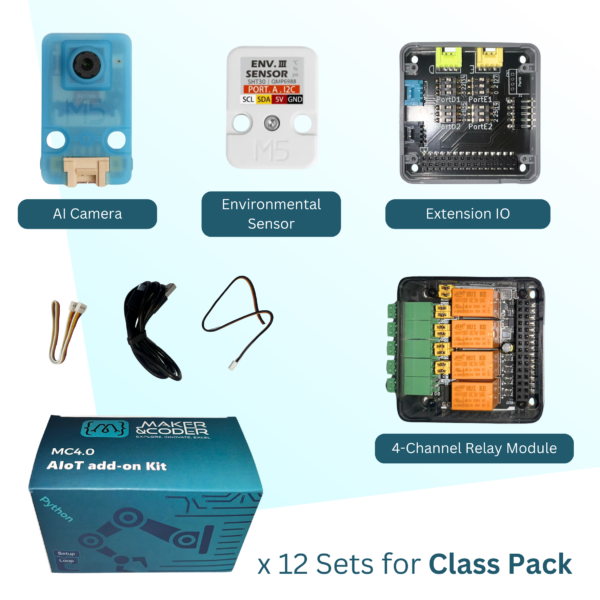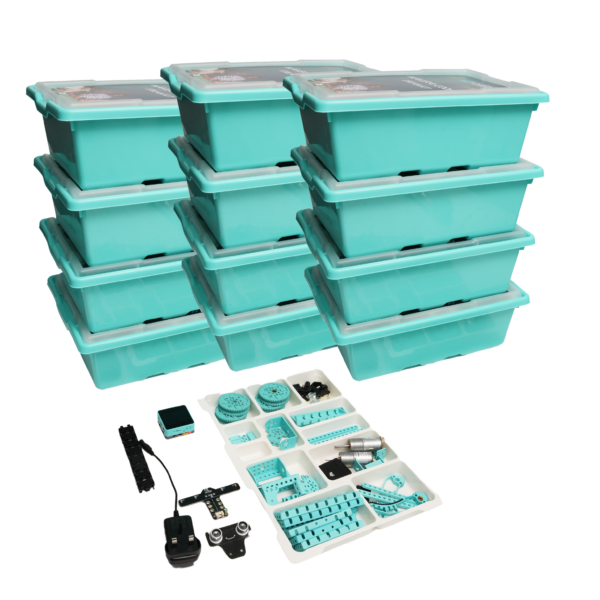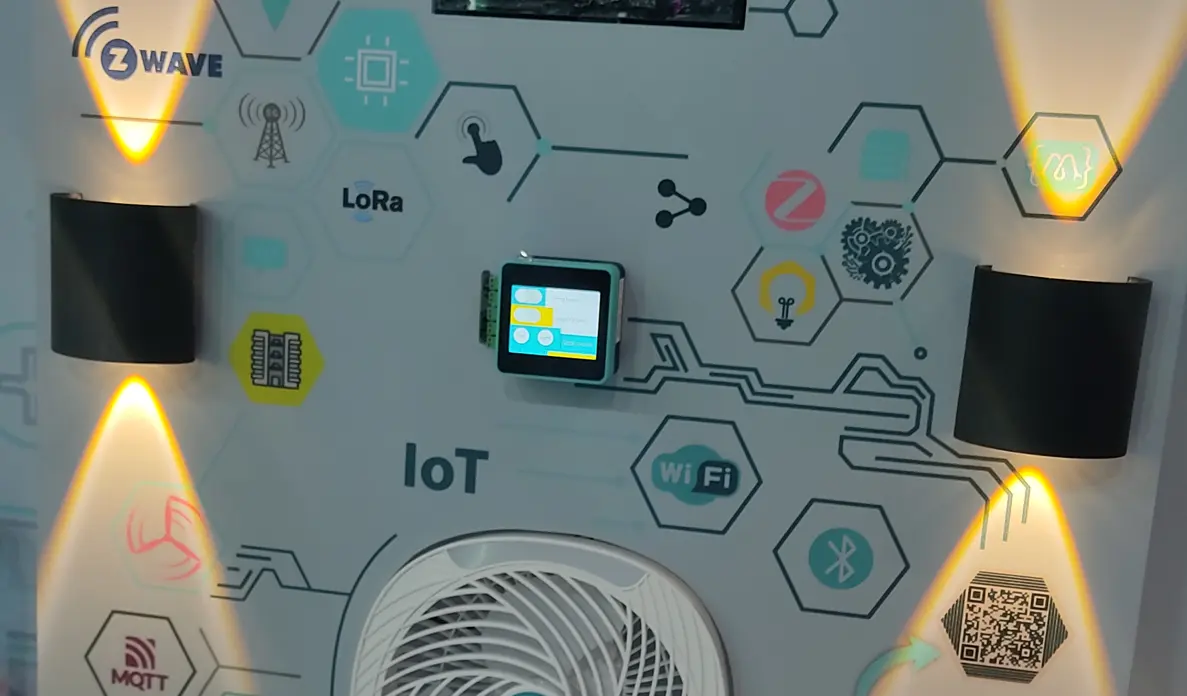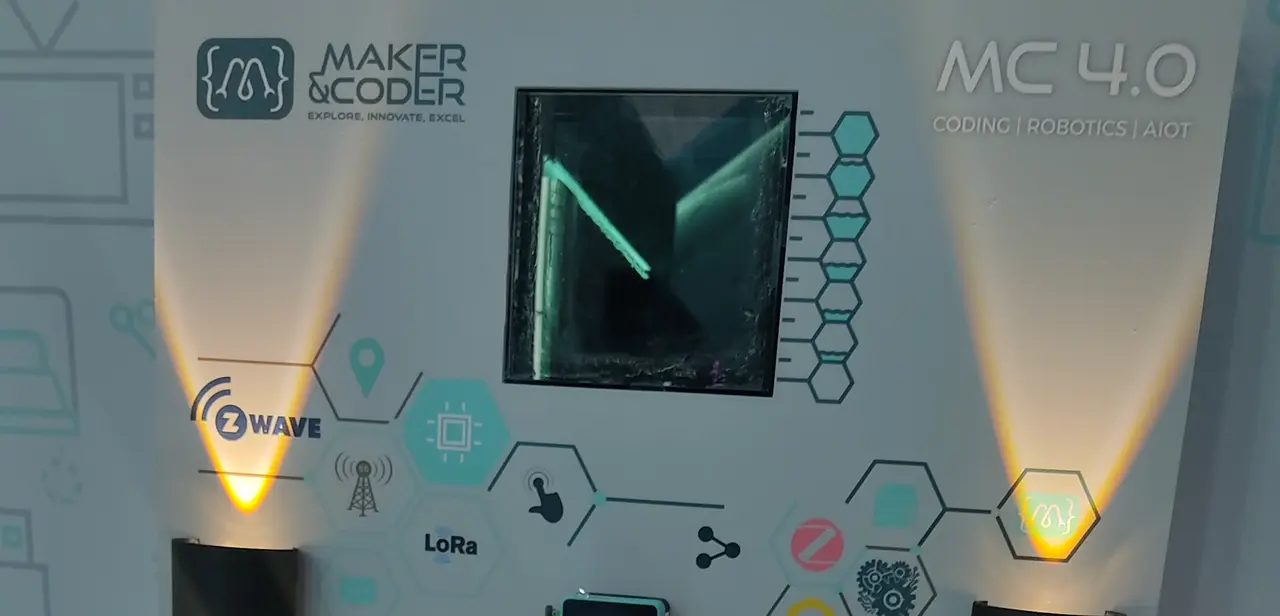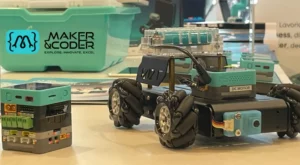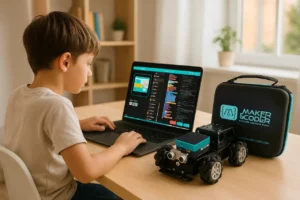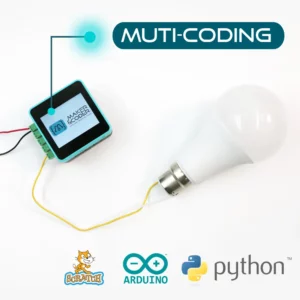Dipping your toes into the world of the Internet of Things (IoT) can be exciting yet a bit overwhelming. With countless devices, protocols, and technologies to learn about, it’s important to have a clear roadmap for success. This guide is designed to help you confidently navigate your first IoT starter kit, breaking down complex concepts into manageable steps. Let’s unravel the mysteries of IoT together!1. Understanding the Basics of IoT
Start by familiarizing yourself with what IoT actually means. This includes learning about the interconnected nature of devices and the impact they have on both personal and industrial realms. The Internet of Things is transforming how we interact with technology, from smart homes to entire smart cities.
When beginning with IoT, grasping core terminologies such as ‘sensors,’ ‘network protocols,’ and ‘edge devices’ is vital. Each of these components plays a significant role in the ecosystem. Understanding these concepts will help you realize how interconnected networks manage to gather and transmit extensive data across various platforms.
2. Choosing the Right Starter Kit
Select a starter kit that aligns with your project goals and level of expertise. Consider factors like included components, price, and scalability as you make your choice. The Maker and Coder AIoT Kit is an excellent option for both beginners and experienced developers.
Think about the types of projects you want to create. Are you more interested in home automation, environmental sensing, or robotics? The choice of the kit should reflect these interests. For instance, if smart home applications intrigue you, a kit with a robust array of network connectivity options, such as Wi-Fi and Bluetooth, would be ideal.
3. Setting Clear Goals for Your Project
Define what you want to achieve with your IoT project. Having clear, concise goals will streamline your efforts and keep your project on track. Whether it’s learning to control devices remotely or developing complex monitoring systems, setting achievable targets is key to measuring progress.
Before diving into the technical aspects, outline the project’s purpose and desired outcomes. Ask yourself who will benefit from the project and what value it brings. Clarity in these objectives will make it easier to select appropriate tools and methodologies.
4. Getting Acquainted with Essential Components
Familiarize yourself with the fundamental components of your kit such as sensors, microcontrollers, and connectivity modules. Understanding these parts will help you build a solid foundation. Detailed knowledge of components like temperature and motion sensors enables you to recognize their potential in real-world applications.
Exploring the technical specifications of your IoT kit can reveal invaluable insights into its capabilities. Components such as the ESP32 microcontroller offer versatile connectivity options with Wi-Fi and Bluetooth, which are essential for most IoT applications.
5. Learning Through Online Resources
Leverage the wealth of online tutorials, forums, and MOOC courses available for IoT development. These resources can provide valuable insights and troubleshooting tips. Platforms like Coursera and edX offer specialized courses that can enhance your understanding of IoT fundamentals and applications.
Maker and Coder provides MCLab and the Learning Portal to make the journey easier.
6. Starting Small and Building Upward
Begin with a simple project before tackling more complex challenges. This approach allows you to gradually build your confidence and skills. Simple tasks like blinking an LED can serve as stepping stones towards more intricate projects like developing a smart thermostat.
Small-scale projects help in establishing a baseline familiarity with the software tools and coding languages involved in IoT setups. Each completed project bolsters your practical skills, making the transition to larger projects seamless and efficient.
7. Mastering Basic Coding Skills
Get comfortable with basic programming languages like Python or C/C++. These are often used to program microcontrollers and handle data in IoT projects. Code samples and tutorials available on GitHub can serve as great learning references if you encounter coding dilemmas across your journey.
MCLab provides you the support online to start from block-based and moved to script-based seamlessly.
8. Exploring Cloud Services
Learn how to use cloud services to store and analyze data generated by your IoT devices. This skill is crucial for managing data at scale. Cloud solutions such as AWS IoT offer a range of tools to securely collect, store, and analyze IoT data.
The seamless integration offered by cloud platforms allows for advanced data processing and makes it easier to deploy machine learning models on IoT data. Understanding serverless computing on AWS Lambda, for instance, can help you manage processing tasks efficiently without worrying about infrastructure provisioning.
9. Utilizing Simulation Tools
Before deploying your IoT device, use simulation tools to test your setup. These tools help you ensure that everything will work as intended in the real world. Platforms such as TinkerCAD provide virtual environments to simulate electronic components and code execution.
Simulations allow you to visualize and debug your project in a controlled setting before the actual deployment. Catching potential errors early in a simulation can save time and resources, making the development process more efficient and less prone to unforeseen issues.
10. Developing a Secure Setup
Understand the importance of security in IoT applications. Incorporate measures to protect your data and devices from potential threats. Data encryption, secure boot mechanisms, and the use of VPNs can safeguard your IoT infrastructure from malicious attacks.
With the increase in connected devices, cybersecurity becomes a critical focus. Implementing best practices in IoT security not only protects sensitive information but also ensures device integrity and reliability over time.
11. Networking with IoT Enthusiasts
Join online communities and local meetups to connect with fellow IoT enthusiasts. Sharing experiences and challenges can provide fresh insights and motivation. Platforms like Meetup or specialized forums such as IoT-Developers Community are excellent for forging new collaborative relationships.
12. Practical Troubleshooting Techniques
Equip yourself with troubleshooting methods to overcome common IoT hurdles. Problem-solving is key for maintaining momentum in your projects. Regularly reviewing documentation and engaging in peer discussions can enhance your troubleshooting capability.
13. Documenting Your Progress
Keep a log of your project progress and challenges. Documentation can help you track improvements and serve as a reference for future projects. Detailed notes and reflections also enhance your learning experience by allowing for retrospectives on past decisions and outcomes.
14. Embracing Continuous Learning
Stay updated with IoT trends and technologies. Continuous learning ensures that your skills remain relevant and allows you to adapt to technological advancements. IEEE’s IoT magazine is a great resource for staying informed about the latest developments in the field.

